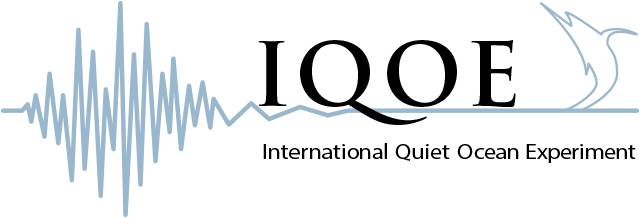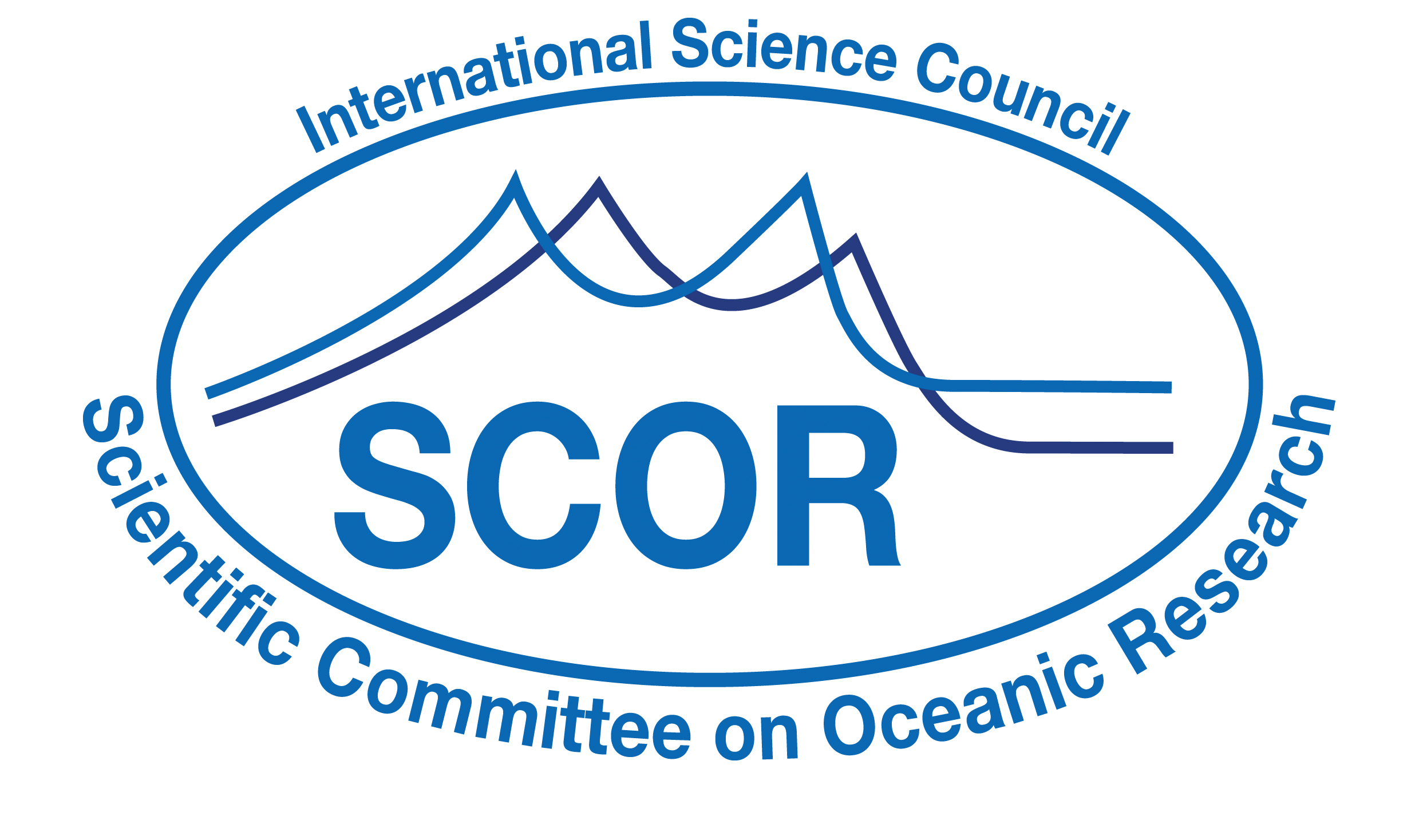Global Sounds: Development of a low-cost hydrophone for research, education and community science
Overview
Background and rationale
The integration of affordable hydrophone technology plays a pivotal role in advancing marine bioacoustics, a field essential for understanding and protecting marine biodiversity. Sound is a critical component of marine environments, influencing the behaviour, communication, and survival of numerous aquatic species. By deploying low-cost, open-source hydrophones, we enable continuous, widespread monitoring of underwater soundscapes. This democratisation of technology not only supports scientific research but also empowers community scientists and educators in underserved regions, enhancing global participation in ocean monitoring and conservation.
This project aims to:
- Design an affordable and open-source hydrophone autonomous system, without compromising quality and performance, catering to research, education, and community science needs
- Develop software to manage and program device settings
- Develop a global digital platform to promote and facilitate the use of the device, complete with educational resources
Within this application, we seek funding to develop and build the first 25 prototypes to be distributed to selected numbers of beta testers. Further funding will then be sought to: implement corrections/improvements, and develop a distribution and training platform. From a policy perspective, the availability of affordable, reliable acoustic data supports evidence-based decision-making. It enables policymakers to implement more effective marine management strategies, comply with environmental protection regulations, and meet international conservation goals. Additionally, our project aligns with the objectives of the Global Ocean Observing System by contributing to the Essential Ocean Variables, specifically Ocean Sound.
By lowering technological and financial barriers, our project aims to significantly expand the scope and impact of passive acoustic monitoring.
Global Context
Marine bioacoustics, the study of how marine organisms produce and are affected by sound, has become a cornerstone in ocean conservation efforts. Sound travels faster and farther in water than air, making acoustics an effective means to explore and monitor underwater ecosystems. Underwater microphones, known as hydrophones, can notably be used for ecosystem health monitoring, species distribution studies, impact assessment, anti-poaching and compliance, marine protected areas management, climate change research and restoration efforts. However, the high cost and complexity of current autonomous hydrophone recording systems limit accessibility, particularly in educational and community science contexts, and in developing countries.
Ocean Sound has recently been added as an Ocean Sound Essential Ocean Variable (EOV) of the Global Ocean Observing System. The International Quiet Ocean Experiment (IQOE), an initiative co-sponsored by the Scientific Committee on Oceanic Research (SCOR) and POGO is concerned with the availability of affordable, high-quality autonomous hydrophone systems. Most autonomous hydrophone recording units are prohibitively expensive, exceeding US $3,000, while cheaper implementations lack the necessary recording and power supply characteristics, preventing cost-effective deployment of hydrophones. This creates a barrier to the widespread adoption of Passive Acoustic Monitoring (PAM) in underwater environments—a barrier our project seeks to dismantle. Launched under the auspices of the POGO and the IQOE, our Task Team on Low-Cost Hydrophones for Research, Education, and Citizen Science was created in 2023 to promote affordable hydrophone technology dedicated to research, education, and community science. Comprising biologists, engaged citizens, and engineers, our volunteering collective has pinpointed key enhancements in hydrophone design to optimise their application in scholarly and pedagogical conservationist contexts. Our project proposes to develop and test a low-cost (< $200 US), open-source, modular, and autonomous hydrophone recording system that breaks down these barriers, fostering innovation and broadening participation in marine research, conservation and restoration.
Relevance to POGO and fit with POGO’s Strategy
Our proposal directly aligns with POGO’s strategic objectives to foster a robust global ocean observing system through innovation, capacity development, and extensive international cooperation. By introducing an affordable, open-source hydrophone technology, our initiative not only lowers the barriers to participation in ocean observation, particularly in underrepresented regions but also enhances the data inclusivity and quality crucial for comprehensive global ocean monitoring. POGO emphasises the need for sustained and systematic ocean observations to document ocean changes, a goal that our low-cost hydrophone systems directly support. These devices will enable continuous acoustic monitoring in diverse marine environments, thus contributing to the broader availability of essential ocean variables. Our project complements POGO’s focus on expanding ocean observations by making these technologies accessible and affordable, which is crucial for scaling global efforts, especially in developing nations where funding and technical resources are often limited.
Moreover, our initiative embodies POGO’s priority of nurturing new generations of ocean scientists and technical experts. By involving community scientists and educational sectors in ocean observation, we provide practical learning experiences and foster an ocean-literate society. Our project’s open-source nature ensures transparency and inclusivity, aligning with POGO’s values of openness and cooperation.
In terms of policy, our approach supports POGO’s advocacy for increased global investment in ocean science infrastructure. By demonstrating the viability and effectiveness of low-cost hydrophones, we can influence policy makers and stakeholders to recognize the importance of and invest in ocean observation tools, thus promoting sustainable ocean management and conservation strategies aligned with POGO’s mission.
Work plan, deliverables and milestones
Our project is strategically divided into four distinct phases to ensure efficiency and effectiveness in achieving our objectives.
Step 1: Design and development of prototype
This initial phase focuses on designing and developing a robust prototype that meets both technical specifications and user requirements for passive acoustic monitoring devices.
Step 2: Production and distribution of prototypes
Upon successful prototype development, we will manufacture 25 units to distribute to a carefully selected group of beta testers. This phase is critical and forms the core of our funding request. We seek support specifically for the production costs of these prototypes and their distribution to a global network of testers, including researchers, students, citizen scientists, and NGO conservationists.
Step 3: Feedback collection and refinement
Feedback from these beta testers will be instrumental in refining the prototypes into a final, market-ready device. This feedback loop is essential to ensure the device meets diverse field conditions and user expectations.
Step 4: Building a distribution platform and educational resources
The final phase involves establishing a distribution platform complemented by comprehensive educational resources. The design and construction of the device will be made open source and shared on the bespoke platform. These resources will also cover deployment, maintenance of the devices, and data analysis, empowering users to maximise the utility of the acoustic monitoring devices. Workshops and training sessions will be organised both online and on location, for example at the time of relevant conferences.
The success and impact of the project will be rigorously evaluated through several key indicators:
- Prototype development: the successful creation and testing of the first prototype.
- Feedback integration: qualitative assessments from global beta testers to refine the device.
- Operational deployment: the number of devices successfully deployed in aquatic environments and the initial data collected.
- Funding and future support: ability to leverage initial results to secure additional funding for subsequent phases.
- Academic and community outreach: Presentation of our findings at significant conferences such as Oceans 2024 and the African Bioacoustics Community Conference in 2024. Additionally, the preparation and submission of a peer-reviewed article and a community-focused article, potentially in outlets like The Conversation, will disseminate project outcomes and insights to both scientific and public audiences.
| Milestones | Date to be reached | |
| 1 | Finalise product design | 15/09/2024 |
| 2 | Build first prototype and test | 15/10/2024 |
| 3 | Build 25 prototype | 15/12/2024 |
| 4 | Creation of instructions/material for tester and feedback retrieval and shipment of prototypes to beta testers | 15/01/2025 |
| 5 | Submission of article to peer-reviewed journal | 15/03/2025 |
| 6 | Submission of article to community-based journal | 31/03/2025 |
Status: Active Project
Year: 2024 - 2025
Project website
Project Participants
Leader
- Lucille Chapuis, University of Bristol and University of Auckland, UK and New Zealand
Participants
- Mihai Burca, National Institute of Oceanography and Applied Geophysics – OGS, Italy
- Tess Gridley, Sea Search (environmental conservation organisation) University of Stellenbosch, South Africa
- Xavier Mouy, Woods Hole Oceanographic Institution (WHOI), USA
- Artash Nath, Stanford University, California, USA
- Sophie Nedelec, University of Exeter, UK
- Jim Theriault, Ocean Environmental Consulting, Canada
- Rob Williams, Oceans Initiative (non-profit environmental organisation), USA
- Walter Zimmer, Independent scientist, Italy




